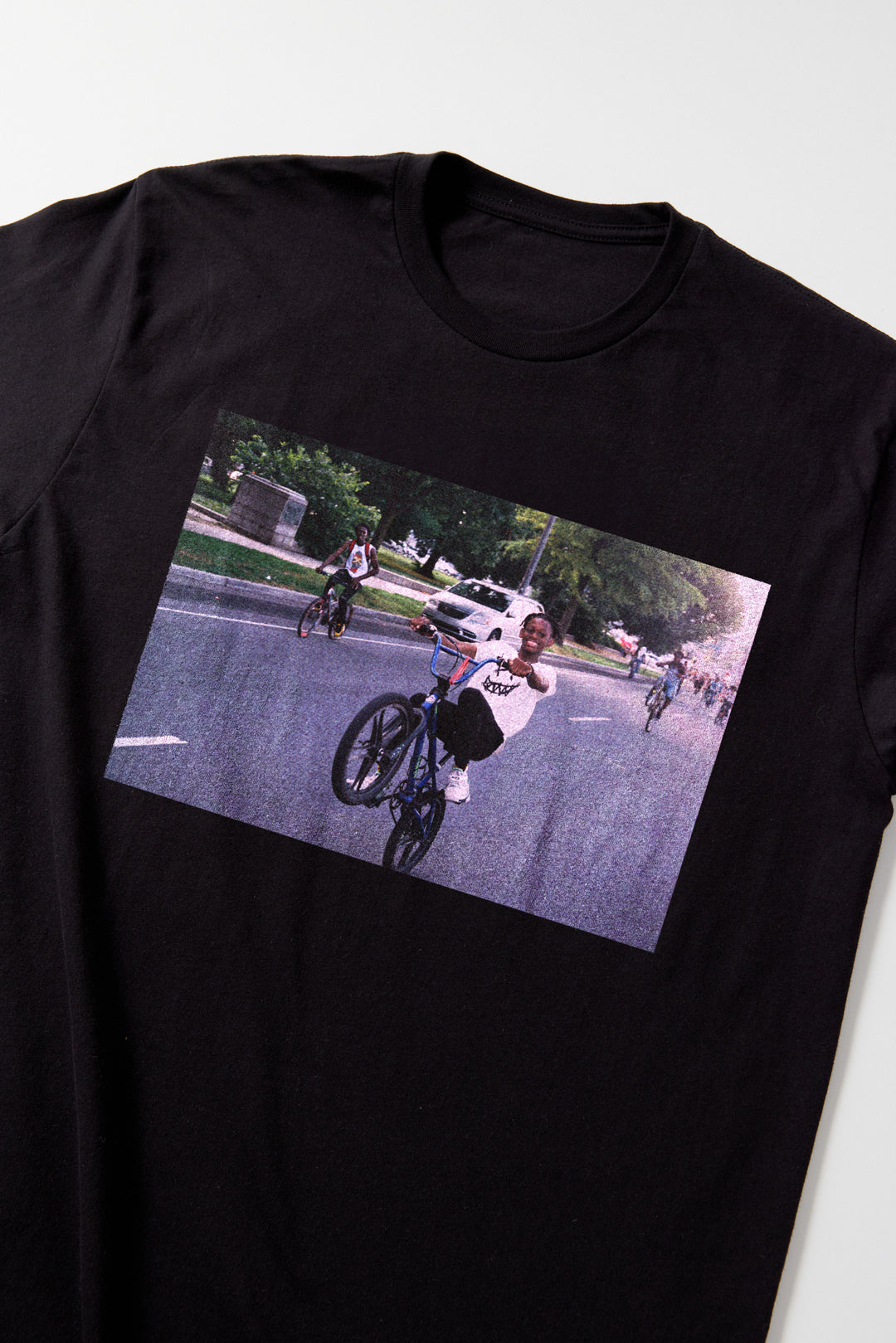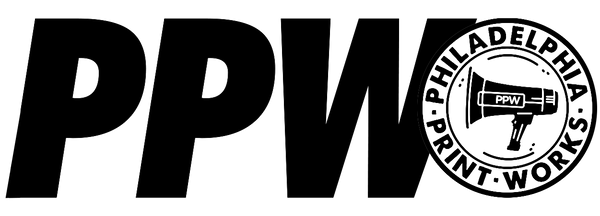Audre Lorde: An Offering During Times of Paralysis
WORDS: MARIA P. CHAVES DAZA
“Our dead line our dreams, their deaths becoming more and more commonplace.”Audre Lorde
I originally proposed to write about Audre Lorde’s collection of poems. But, with another scorching summer heated by the murders of black and brown people, protests and judicial intimidation, I turned to Lorde’s other writings.
I came across an essay entitled “Apartheid U.S.A.” published by Kitchen Table: Women of Color Press as a part of The Freedom Organizing Pamphlet Series. This series presented “issues, strategies, and resources which focus on the political concerns of women of color.” I choose to begin all of my writing, my thinking and my organizing from within the context of women of color in the North American/immigrant/working class/poor/trans-inclusive community and in conversation with our women of color ancestors. Their words guide us through our grief, our organizing, our dream and our survival. The past week is reminiscent of last summer, and the summer before that, and the summer before that when people took to the streets to protest bloody racist murder. However, memory has taken a strange hold of me and I am paralyzed. I do not want to go outside. There is a deep sadness mixed with terror that does not let me move. Even when I take a walk in my small town neighborhood, I am overwhelmed at the American flags decorating the porches. I wonder if everyone can see the blood dripping… I am not sure of what can be done and I am tired. When I feel like this, I turn to Lorde who lived and died through similar times, found strength, built a voice, and broke silence and paralysis from within her work. And when I do she speaks to the depths of my fears. She asks:“Apartheid U.S.A.” is eerie. Reading the essay bends time. It is 1985 and 2016 vacillating in a haze of repetition. Lorde connects the treatment of Black South Africans under apartheid to the murders of Black people in america (as she spells it in the text). She lists names in a haunting list similar to those read at many of the protests I have attended, an incantation of death, tribute, and survival. “Elanor Bumpurs, 66, Black Grandmother… Allene Richardson, 64, gunned down in her apartment after she was locked out…Clifford Glover, 10, shot by a police officer…Randy Evans, 15, shot by police on his stoop…This summer, Edmund Perry, 17, Black graduate of exclusive white schools, on his way up via Stanford University and a summer job in banking, judged by an undercover policeman’s bullet in his chest.” The similarity between Mike Brown, Trayvon Martin, Rekia Boyd, Sandra Bland, Betty Jones, Philando Castile, and Alton Sterling or anyone of the Black men and women murdered in the past week, 5 years or for centuries is more than a coincidence. It is a reflection of the very interconnected international racist system she warns against over two decades ago.“How does a system bent upon our destruction make the unacceptable gradually tolerable?“
The many names she lists, the many names we can all list are evidence that Black lives are under siege in America and all over the world. The grief that we continue to endure for the lives that are taken by the police and the military forces of this state, on our dime, increases as we try to stay alive. What becomes clear in her writing is the need to make connections with each other just as she was making between South Africa and America.“How long will it take to escalate into our consciousness as Black people that this is us, that it is only a matter of location and progression of time and intensity….”
“The connections between Africans, and African Americans, African Europeans, African Asians, is real, however dimly seen at times, and we all need to examine without sentimentality or stereotype what the injection of Africanness into the socio-political consciousness of the world could mean. We need to join our differences and articulate our particular strengths in the service of our mutual survivals, and against the desperate backlash which attempts to keep that Africanness from altering the very basis of current world power and privilege.”
“The injection of Africanness into the socio-political consciousness” is an idea that we need to further examine because as we focus on the liberation of our Black communities and revitalization of activism for social change we have to work against the pressures of simplicity—a logic of white supremacy. We cannot see a separation between Black lives and Brown lives and Gay, lesbian, bisexual, trans and queer lives, differently abled lives, the lives of those most within our communities; the Orlando massacre displays our overlapping connections, our intersectional identities, our collective tragedies. Our communities are Black and lesbian and trans and Latinx at the same time and we are dying. We are dying at the hands of law enforcement. We are being incarcerated and brutalized whether in prison or in detention centers. Our communities are Black and immigrant and femme and we are dying. We are being erased. We are being conflated into two-dimensional digital headlines and headshots. Our communities are Afro-latinx queers experiencing homelessness. Our communities are sex workers negotiating survival with Johns/police officers. Separating our identities and our organizing will save no one. Turning our anger against each other and creating borders will not keep us alive. Being silent will kill us. Our anger and pain should be reserved for fighting and surviving our oppressors. Even those who look like us because to excuse our people is also simplistic. We have to tackle all oppression simultaneously even when it is overwhelming. Yet one important question lingers, as my dear friend Lovely asked in the March on Washington last Spring, “Who will cry for the lil Black girl?” She did/does. I do. Black women have tried for decades to expose the deafening silence of violence on the Black femme body. Yet, we don’t march against the violence of intimacy and incest or sex work. There is violence that seems to escape our socio-political consciousness; the layers of our oppression are many and in this time of action, I offer that we work through our paralysis and use our anger, as Audre Lorde advised, to listen and transform the violent silences, erasures, and murders we are surviving by seeing our connected struggles within our homes, out in the streets and internationally using the power of our anger to understanding that we are not the enemy but we must all choose a side.“Every woman [of color] has a well-stocked arsenal of anger potentially useful against those oppressions, personal and institutional, which brought that anger into being. Focused with precision it can become a powerful source of energy serving progress and change. And when I speak of change, I do not mean a simple ability to smile and feel good. I am speaking of a basic and radical alteration in those assumptions underlying our lives…But anger expressed and translated into action in the service of our vision and our future is a liberating and strengthening act of clarification, for it is in the painful process of this translation that we identify who are our allies with whom we have grave differences, and who are our genuine enemies.“
- “The Uses of Anger: Women Responding to Racism”, Sister Outsider
So I leave you with this question, have you taken the time to translate your anger into action, all of them or have you forgotten the anger that seems to have no place in demonstrations, marches, and vigils? I am working on breaking through my paralysis, I wish you all the same.
